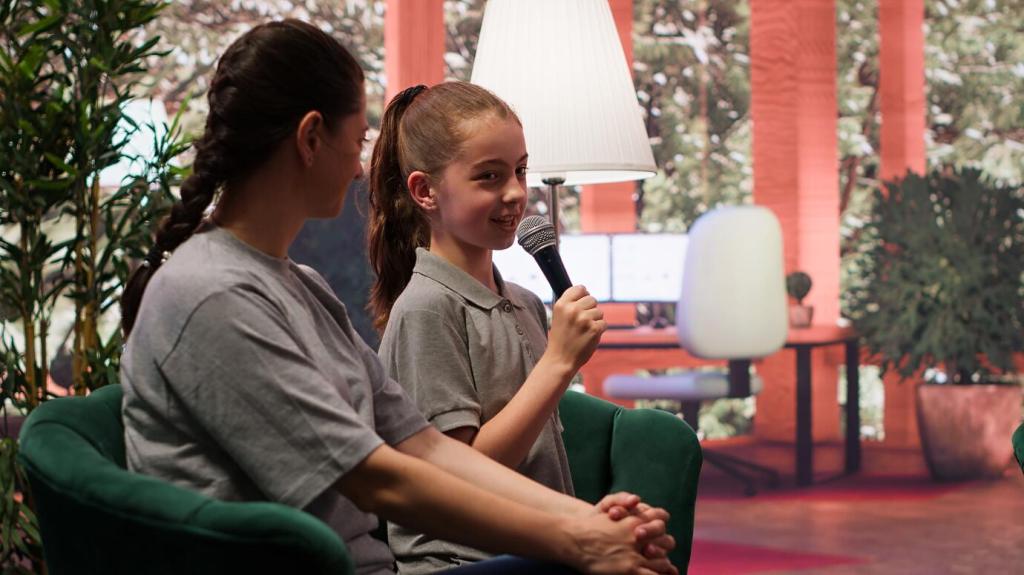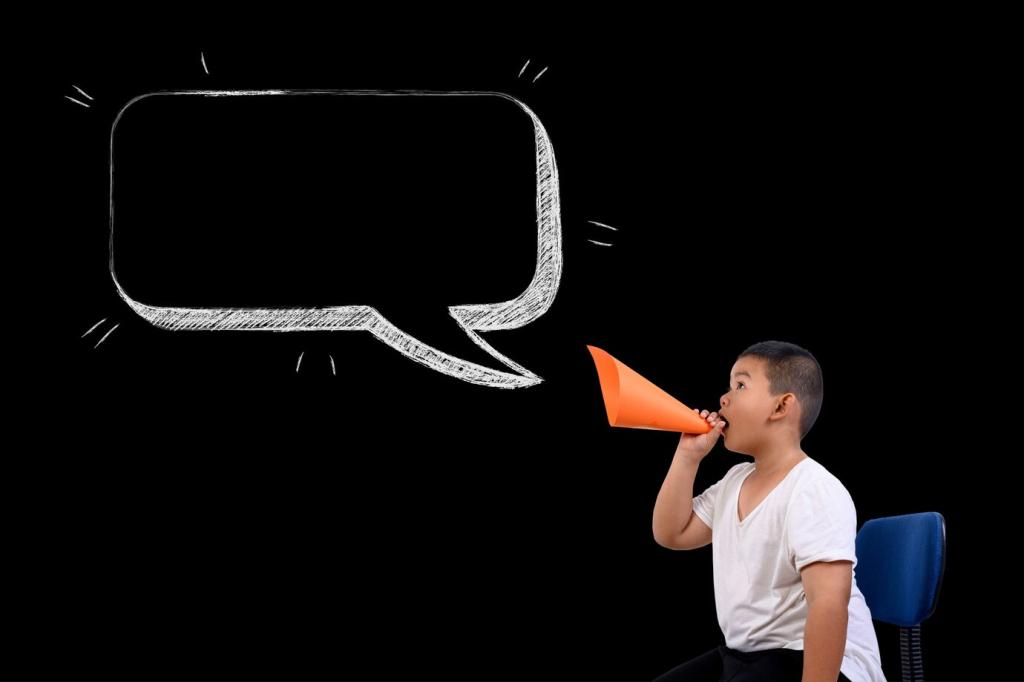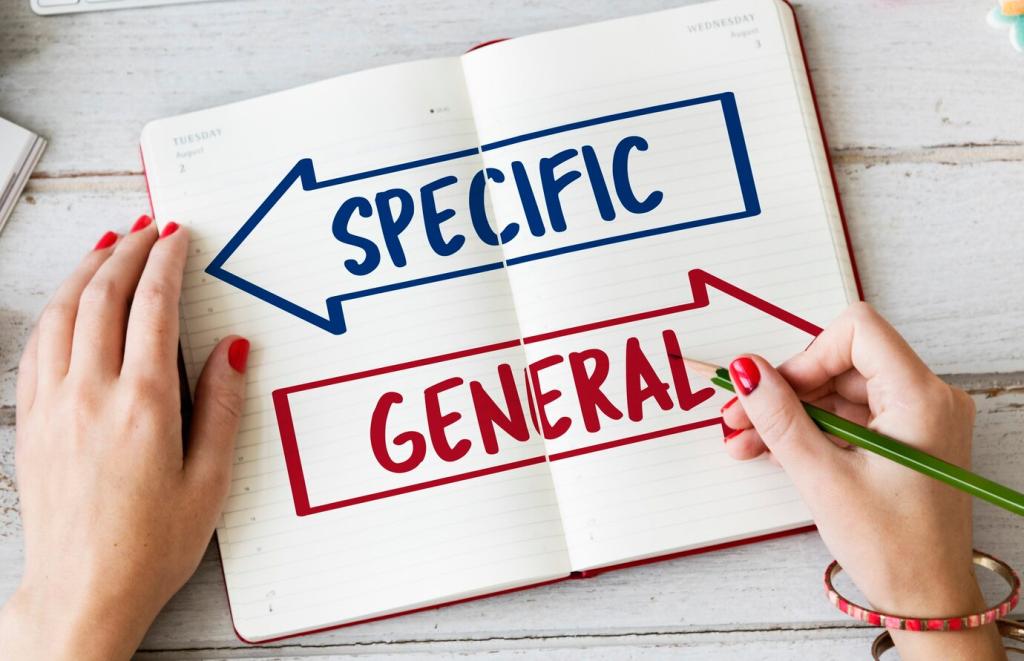Data With Heart: Iterate Without Losing Your Voice
Add micro-surveys with one emoji scale and one open prompt. Look for repeating words, not just scores. If readers say confusing three times, rework that section and ask again next week. Tell your audience you acted on their notes; people engage more when they see their fingerprints on the result.
Data With Heart: Iterate Without Losing Your Voice
Try two versions of the same message: one playful, one formal. Track replies, not only clicks. Often, a warmer voice earns longer responses. Share both drafts with your readers and invite them to vote. Which tone feels more like a conversation with a friend who actually listens?
Data With Heart: Iterate Without Losing Your Voice
Beyond likes, track saves, shares with context, and first-time commenters who return. Those signals hint at lasting connection. Ask your community which outcomes they value: clarity, confidence, or community. Then optimize for that outcome and report back—here’s what changed because you told us what you needed.








